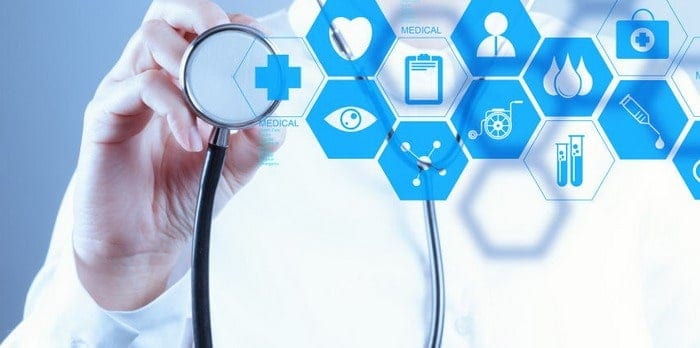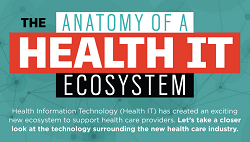What 2018 Holds For Technology In Dentistry

Technology is making its way into every aspect of life, being adopted by the healthcare system to improve overall performance and limit waiting times with unprecedented success. How technology is expanding is an exciting time, as it is allowing new healthcare processes to be developed in order to benefit overall customer experience. Within the post, we will be taking a look into how technology within the dental industry is changing for the better in 2018! Emergency Appointments In order to keep up with the busy lifestyles of clients, dentists have resorted to emergency appointments. While this system has been around for a while, technological advancements are helping to improve average rates of customers seen per day, helping to make Emergency Dentist London services more streamlined than ever before. With the ability to fit around a busy lifestyle and technology to help reduce the amount of pain a patient may experience, even in the case of an emergency appointment, patients are able to go back to normal in no time. Teledentistry Technological advancements have seen the opportunity for teledentistry to expand. With the American Dental Association implementing this technique, it is becoming more widely recognized. This gives the client opportunity to…














